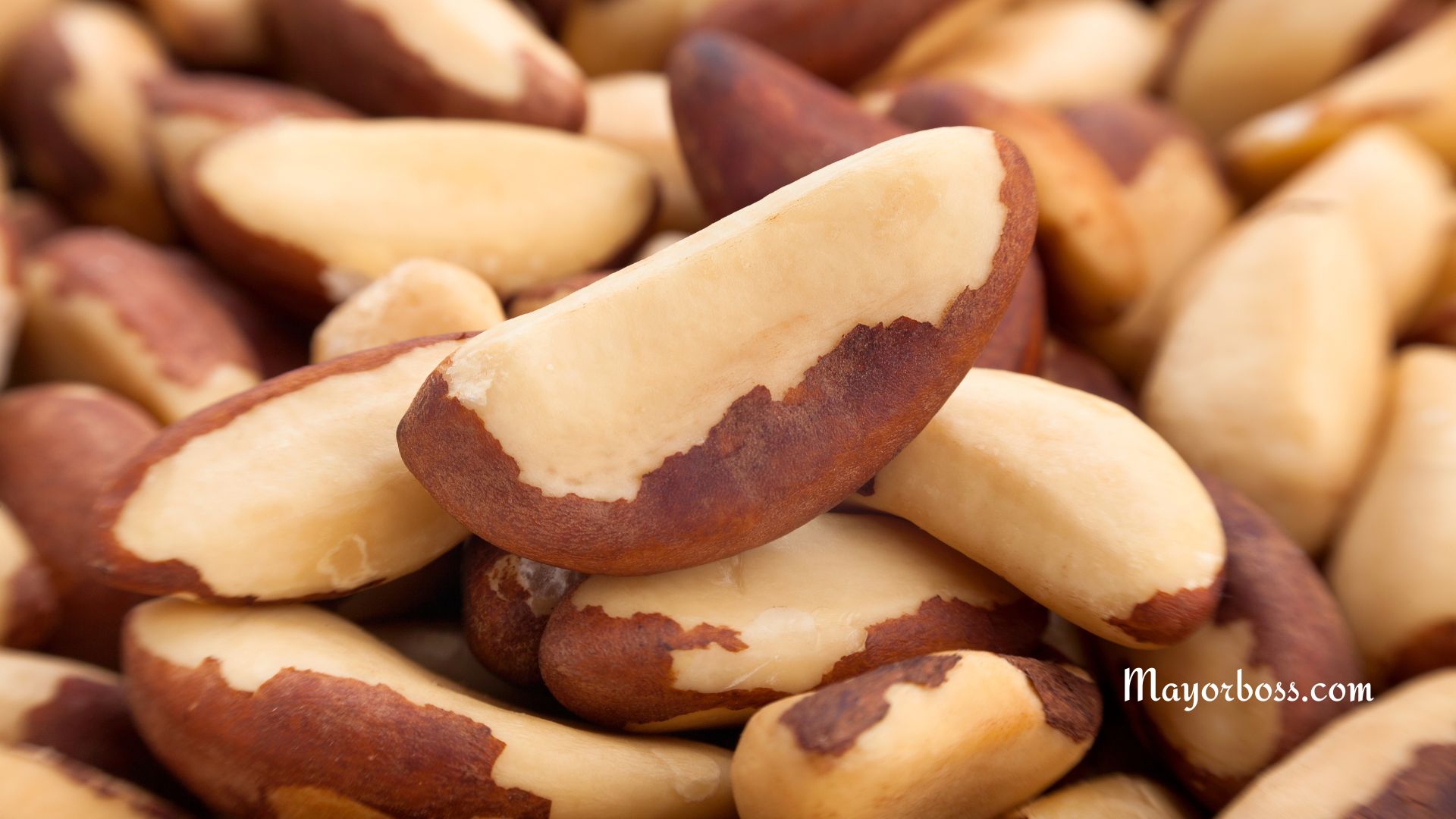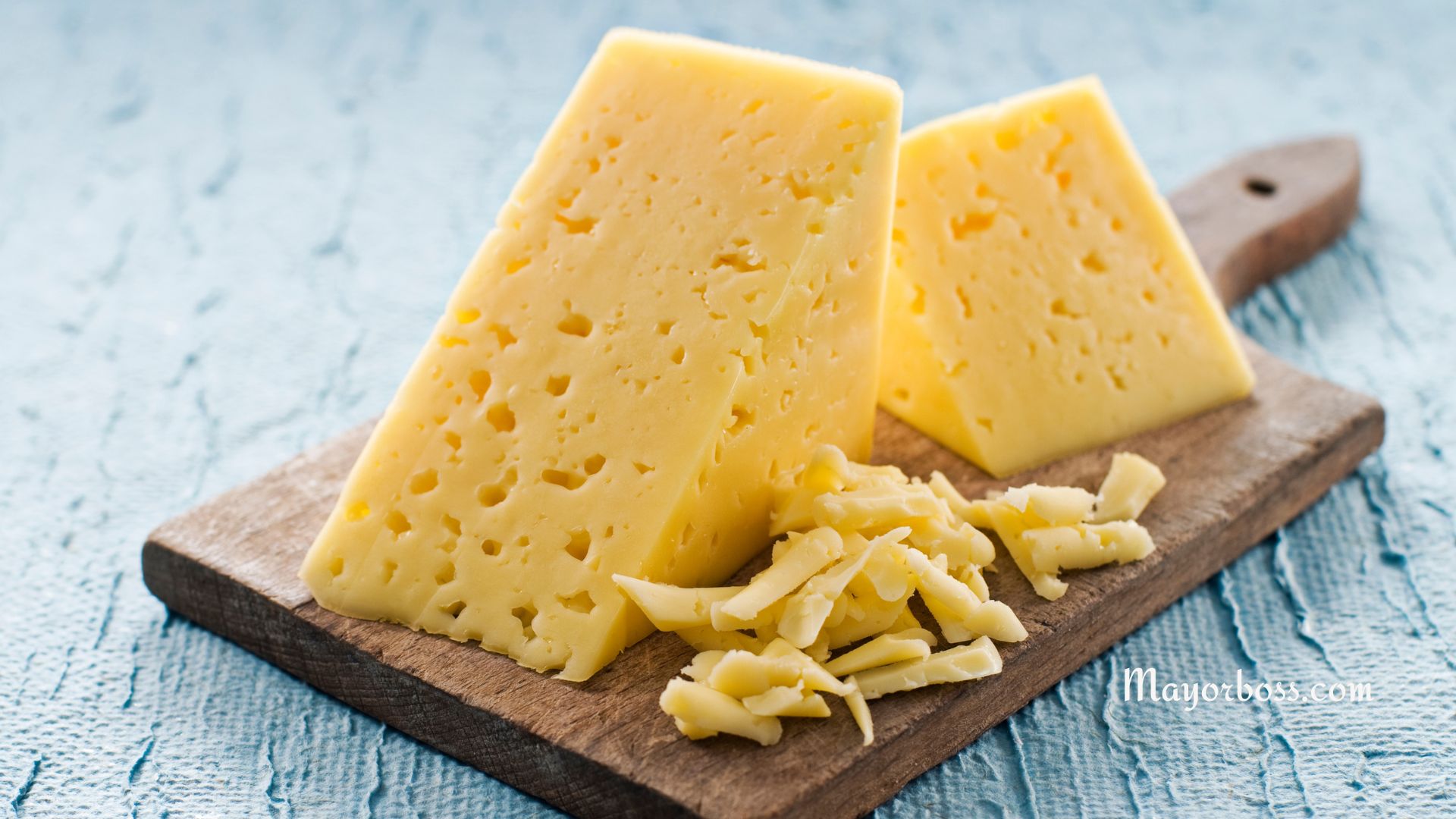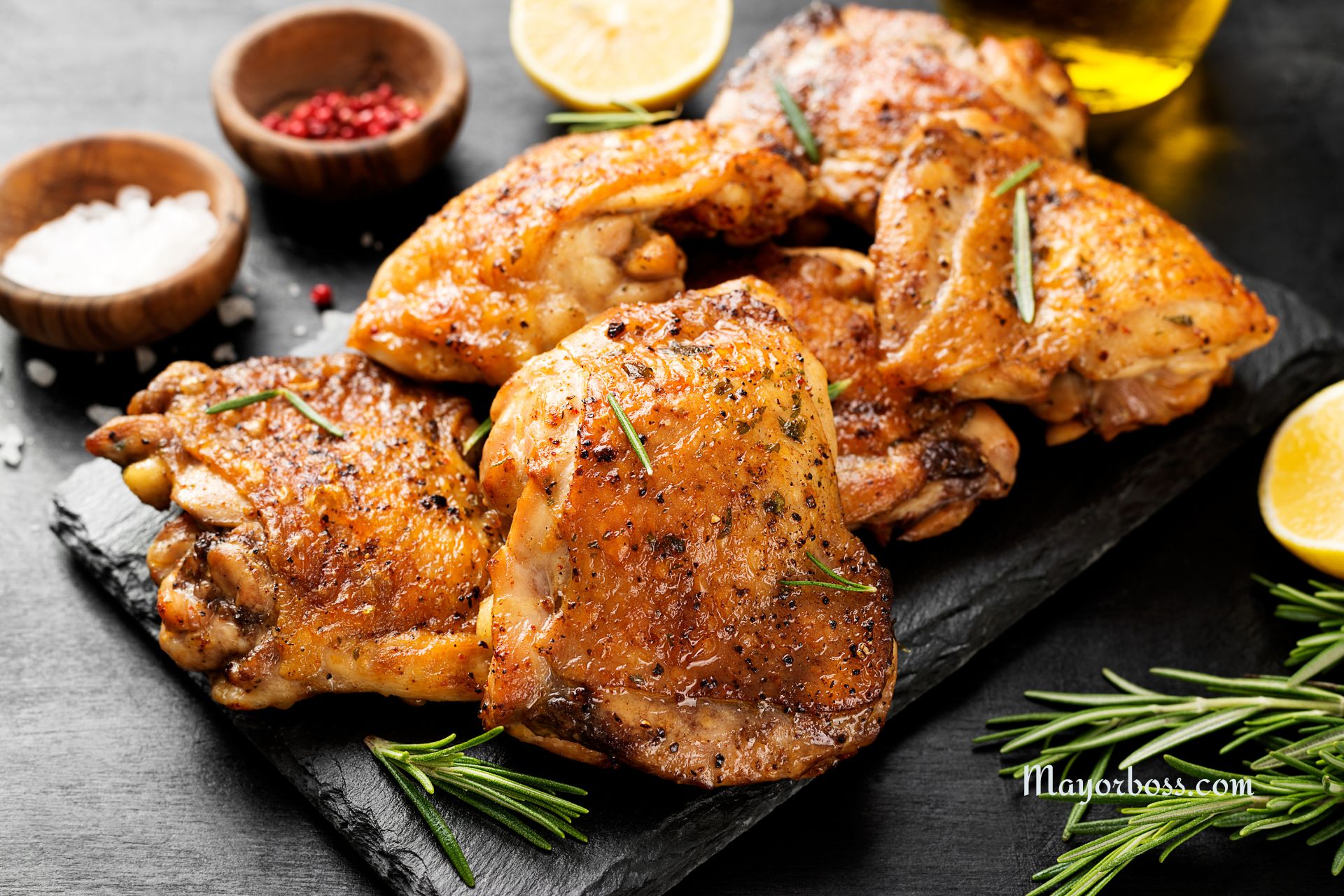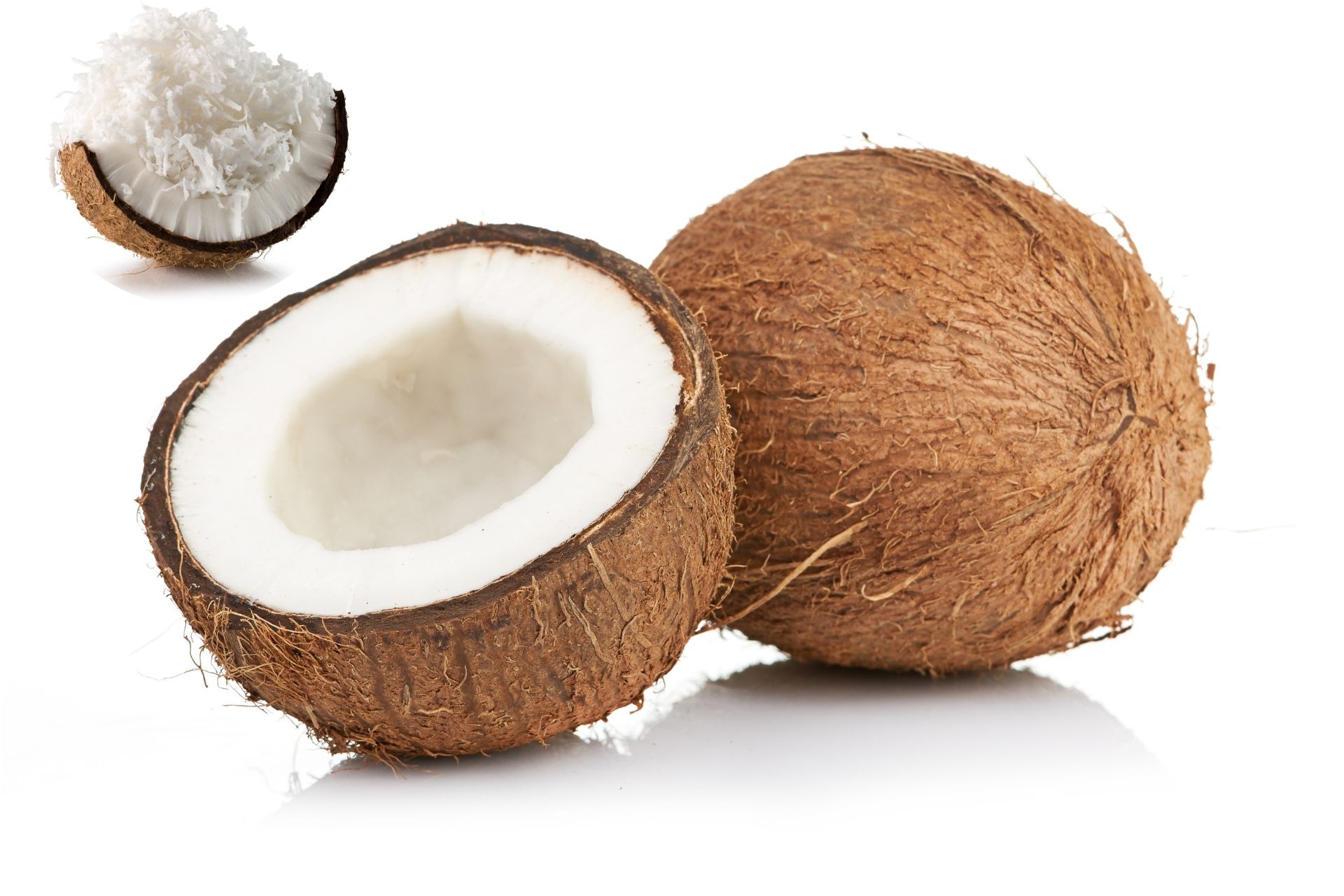The Benefits of Eating More Fiber for Older Adults
As we age, our bodies undergo numerous changes, increasing the risk of developing health problems. Consuming a healthy diet is one of the best ways to maintain good health as we age. This article will discuss the benefits of increasing fiber intake for older adults and how it can improve their overall health and well-being.
What is fiber?
In simple terms, fiber is a type of carbohydrate that the body cannot digest or absorb. It comes in two forms: soluble and insoluble. Soluble fiber dissolves in water, forming a gel-like substance that helps lower cholesterol and blood sugar levels. Insoluble fiber, on the other hand, adds bulk to stools and aids in moving waste through the digestive system.
Why is fiber important for older adults?
As we age, our digestive system slows down, which can lead to constipation and other digestive problems. Eating foods high in fiber can help prevent constipation and promote regular bowel movements. Fiber also helps lower cholesterol levels, control weight, decrease inflammation, and lower the chance of heart disease, stroke, and diabetes.
How much fiber should older adults eat?
The recommended daily intake of fiber for older adults is 21 grams for women and 30 grams for men per day. However, many older adults do not get enough fiber in their diet. To increase fiber intake, it is important to eat a variety of foods that are high in fiber, such as fruits, vegetables, whole grains, and legumes.
What foods are high in fiber for older adults?
Many foods are high in fiber and are suitable for older adults to include in their diet. Here are some examples:
- Fruits: berries, apples, pears, bananas, oranges, grapefruit, and prunes.
- Vegetables: broccoli, cauliflower, carrots, beets, sweet potatoes, spinach, kale, and peas.
- Whole grains: oatmeal, brown rice, quinoa, whole-grain bread, whole-wheat pasta, and barley.
- Legumes: lentils, beans, peas, and chickpeas.
- Nuts and seeds: almonds, walnuts, chia seeds, flaxseeds, and pumpkin seeds.
It is important to note that some high-fiber foods may also cause bloating or gas, especially if they are not consumed regularly. It is advisable to gradually increase fiber intake and drink plenty of water to help with digestion.
Tips for increasing fiber intake
Here are some tips for older adults to increase their fiber intake:
- Start the day with a high-fiber breakfast such as oatmeal, whole-grain cereal, or a smoothie with fruits and vegetables.
- Snack on fruits, vegetables, and nuts instead of processed snacks that are low in fiber.
- Choose whole-grain bread, rice, and pasta instead of their refined counterparts.
- Include legumes such as beans, lentils, and chickpeas in your meals.
- Add fruits and vegetables to every meal, whether as a side dish or incorporated into the main course.
The Bottom Line
Eating a diet high in fiber is essential for older adults to maintain good health and prevent chronic diseases. By including fiber-rich foods in their diet, older adults can improve their digestion, lower their risk of heart disease, and maintain healthy cholesterol and blood sugar levels. It is never too late to start incorporating more fiber into your diet, so start today and enjoy the benefits of a healthy and happy life.






